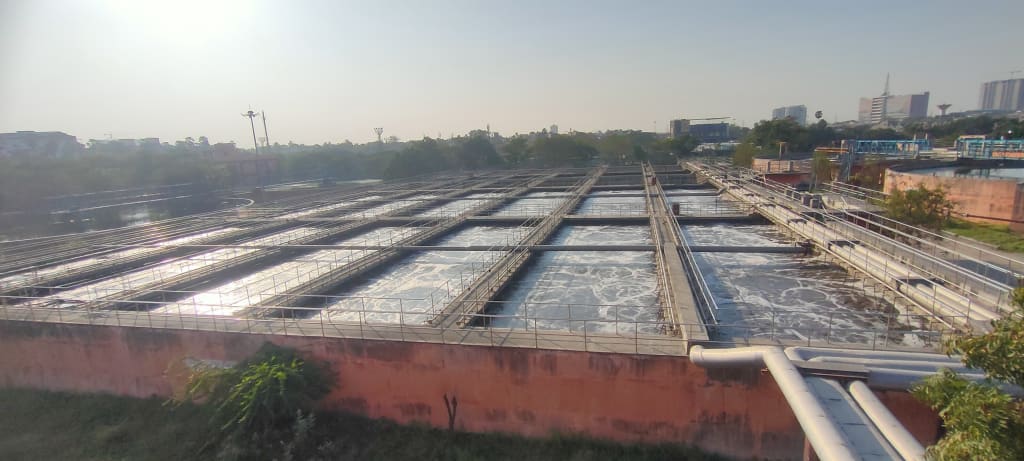
A ewage treatment plant is a crucial part of any modern city's infrastructure. These plants are designed to treat wastewater from households, businesses, and industries to remove contaminants and pollutants before discharging the treated water back into the environment. In this article, we will explore the various stages of sewage treatment plants and the processes involved in treating wastewater.
Primary Treatment
The first stage of sewage treatment is known as primary treatment. In this stage, large solids and grit are removed from the wastewater through physical processes such as screening and settling. The wastewater enters a grit chamber where large solids and grit settle to the bottom, and the lighter material floats to the surface. The settled material, known as sludge, is removed and transported to a sludge treatment facility for further processing. After grit removal, the wastewater enters a primary sedimentation tank, where any remaining solids settle to the bottom, forming a layer of sludge. The settled sludge is also transported to the sludge treatment facility. The treated wastewater is then passed on to the next stage of treatment.
Secondary Treatment
The second stage of sewage treatment is known as secondary treatment. In this stage, the wastewater undergoes biological treatment to remove organic matter. The biological treatment process involves the use of microorganisms to break down the organic matter in the wastewater. These microorganisms are known as activated sludge, and they require oxygen to carry out the treatment process.
The wastewater is first passed through an aeration tank, where air is introduced to provide the oxygen that the microorganisms need to grow and break down the organic matter. The wastewater is then passed through a secondary sedimentation tank, where the activated sludge settles to the bottom, forming a layer of sludge. The treated wastewater is then passed on to the next stage of treatment.
Tertiary Treatment
The final stage of sewage treatment is known as tertiary treatment. In this stage, any remaining contaminants and pollutants are removed from the wastewater before it is discharged back into the environment. Tertiary treatment may involve additional physical or chemical processes to remove any remaining contaminants.
One common method of tertiary treatment is filtration, where the treated wastewater is passed through a series of filters to remove any remaining solids and contaminants. Another method of tertiary treatment is disinfection, where the treated wastewater is treated with chemicals such as chlorine to kill any remaining bacteria and viruses.
Sludge Treatment
As mentioned earlier, the sludge generated during primary and secondary treatment is transported to a sludge treatment facility for further processing. Sludge treatment typically involves a combination of physical, chemical, and biological processes to reduce the volume and stabilize the sludge.
One common method of sludge treatment is anaerobic digestion, where the sludge is treated in a closed tank in the absence of oxygen. This process breaks down the organic matter in the sludge, producing biogas and a stabilized sludge product that can be used as a soil amendment or fertilizer.
Another method of sludge treatment is composting, where the sludge is mixed with other organic materials and allowed to decompose in the presence of oxygen. This process also produces a stabilized sludge product that can be used as a soil amendment.
The Importance of Sewage Treatment Plants
Sewage treatment plants play a critical role in protecting public health and the environment. Untreated wastewater can contain harmful contaminants and pollutants that can spread diseases and harm aquatic ecosystems. By treating wastewater before it is discharged back into the environment, sewage treatment plants help to ensure that our waterways remain clean and safe for both humans and wildlife.
In addition to protecting public health and the environment, sewage treatment plants also provide a source of recycled water that can be used for irrigation, industrial processes, and other non-potable uses. This helps to conserve freshwater resources and reduce the demand for potable water.





Comments
There are no comments for this story
Be the first to respond and start the conversation.